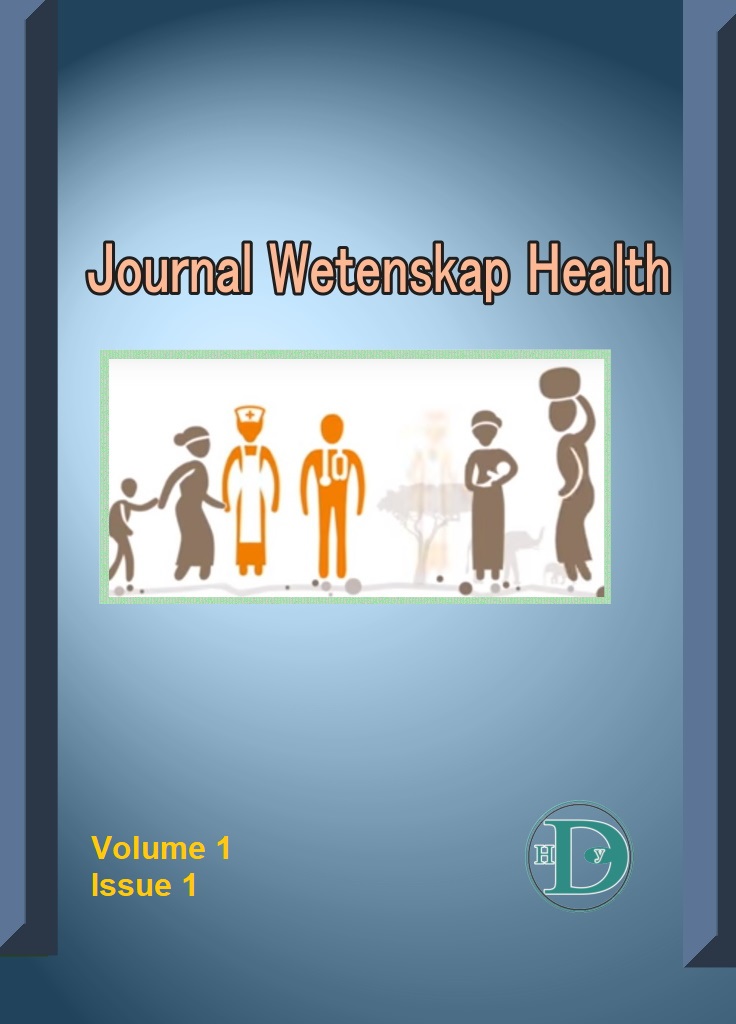
Journal Wetenskap Health
Yazarlar: Wielfrid Chokwueze, Kulechy Ịhenache
Konular:-
DOI:10.48173/jwh.v2i2.102
Anahtar Kelimeler:Pain,Pain Assessment,Pain Management Strategies,Pain Assessment Tools
Özet: The purpose of this research was to examine the pain evaluation and treatment procedures used by practicing nurses. The research is a descriptive cross-sectional research that was conducted on 146 nurses who were directly engaged in patient care, were not on leave throughout the data collecting period, and volunteered to participate in the research using the convenience sample methodology. The data collection instrument was a pretested self-structured questionnaire with a 0.9 reliability value. Sorting, coding, entering, and analyzing data were performed using the SPSS version 23.0 software program at a 5% level of significance. The majority of respondents, 136 (93.1 percent), were female, while just 10 (6.9 percent) were male. 48 (23.9 percent) of respondents were SNOs, 86 (58.9 percent) of respondents had 6–10 years of experience, 120 (82.2 percent) were married, and 140 (95.9 percent ) were Christians. Concerning respondents' degree of knowledge regarding pain assessment techniques, 28 (19.2 percent) had inadequate knowledge, 44 (30.1 percent) had acceptable knowledge, and 74 (50.7 percent) had enough information. Self-reported pain management strategies included patient positioning and movement, massage, breathing exercises, diversional therapy, the use of warm or hot compresses, encouraging rest and relaxation, the use of both weak and strong opioid analgesics, and the administration of non-opioid analgesics. Using chi-square analysis, it was shown that there is no statistically significant relationship between nurses' knowledge and use of pain assessment instruments (p-value =0.15).